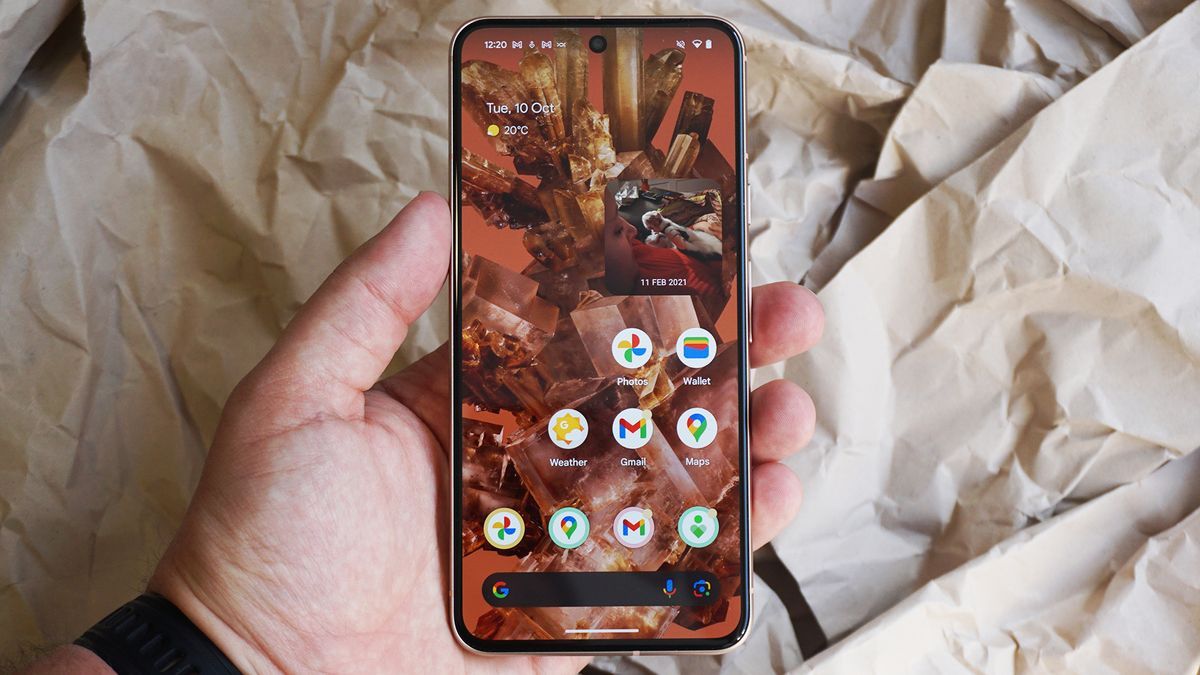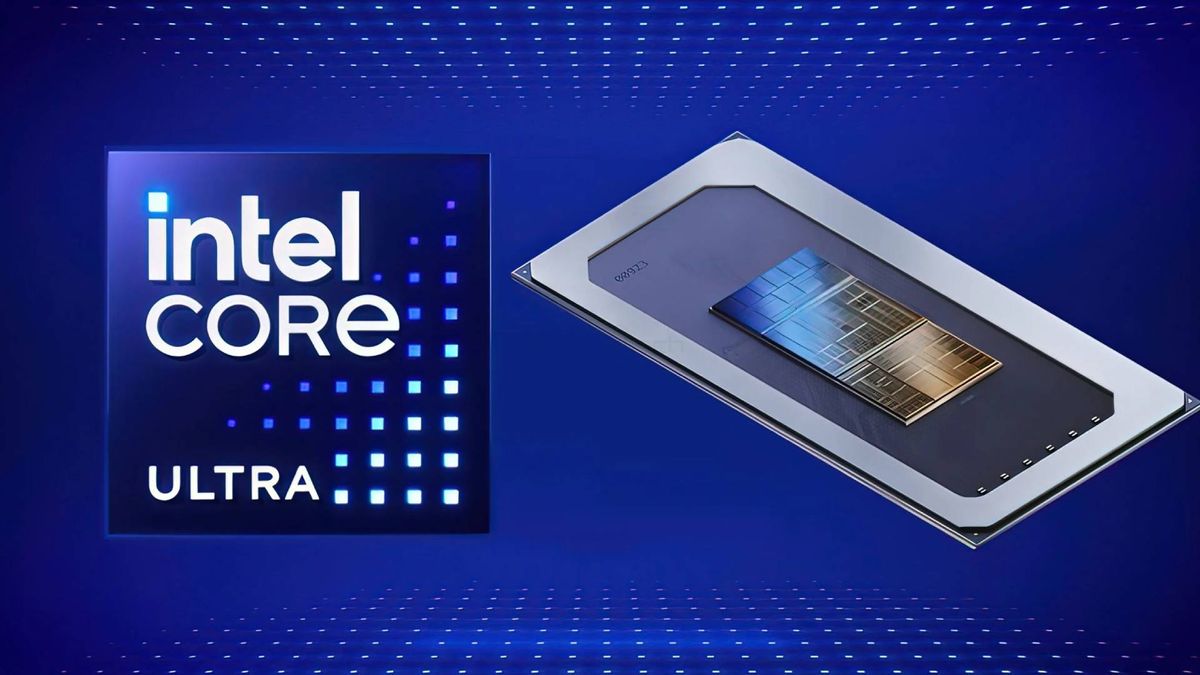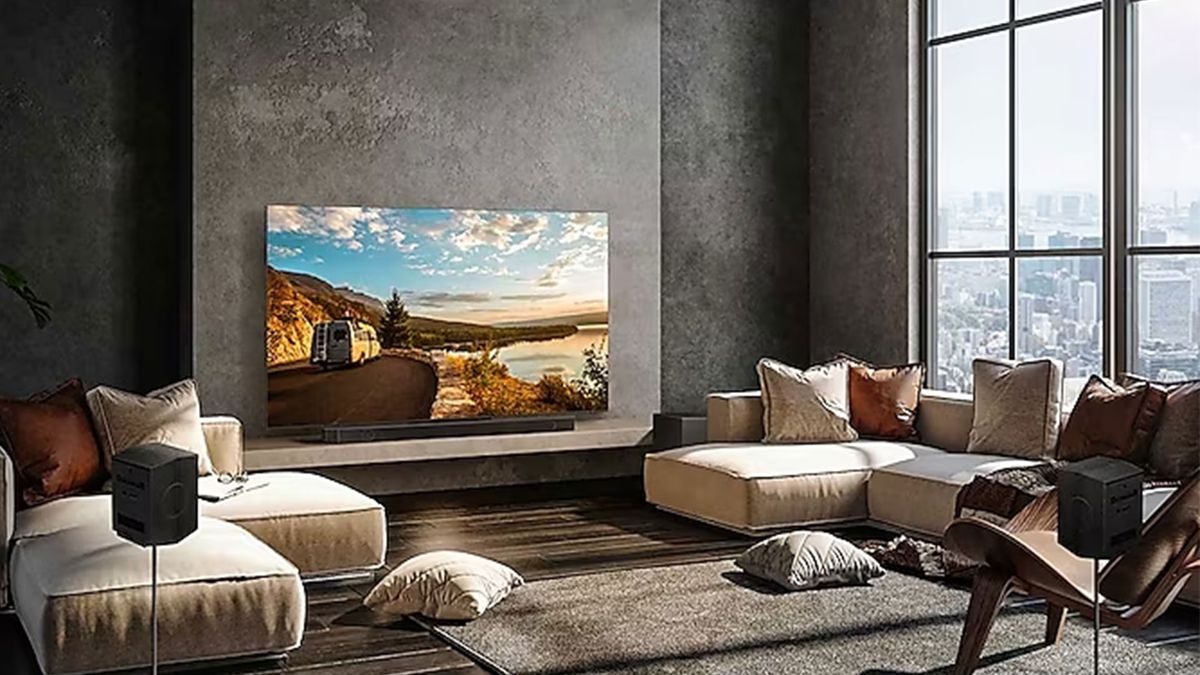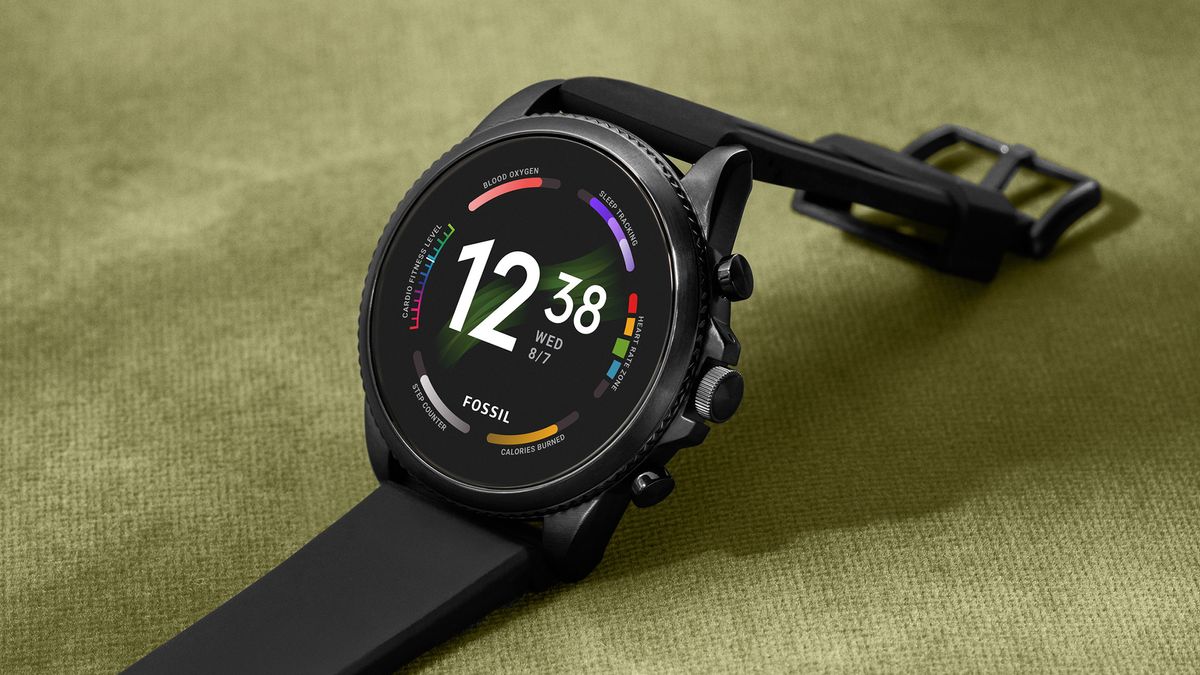Google is rolling out several new accessibility-focused features on platforms like Android and ChromeOS, coinciding with World Accessibility Awareness Day on May 16. Topping the long list is the arrival of Project Gameface to Android.
If you're unfamiliar, Gameface is software that allows people to use “head movements and facial gestures” to navigate a computer's user interface. Until now, the software was used, among other things, to help people with disabilities play video games. But with its inclusion in Android, those same groups now have a new way to control their smartphone.
The company claims that Gameface supports 52 different facial gestures that can be assigned to specific functions. For example, looking left can be used to select items on the screen, while raising your eyebrows can return to the home screen. Individual controls depend on how people configure Gameface.
Additionally, it will be possible to adjust the sensitivity of a feature to set “how prominent your gesture should be to” register an entry. A slightly open mouth can be associated with one action, while a more open mouth can work for another. In the bottom corner there will be a live camera of you. Google says its team added the view so users can make sure they're making accurate facial gestures.
Project Gameface is open source and available for belowIupload to Github complete with instructions on how to set it up. Please note that it requires the Android Studio development tool to set it up, so you may need someone to help you.
Notable Features
The rest of the update's features may not be as impactful individually as Gameface, but together they become greater than the sum of their parts. Google's Lookout app is getting a new search mode to help blind people locate real-world objects in seven different categories. You can know where the tables are in a restaurant or where the bathroom door is. Users must hold their smartphone in front of them and, through the rear camera, Lookout's AI will tell you the “direction and distance” of an item or exit. Please note that Search mode is in beta, so it may have some bugs.
Google Maps is undergoing a similar update and will soon provide more details about the area around you. The app will tell you the names of nearby places and how far you need to go to reach your destination.
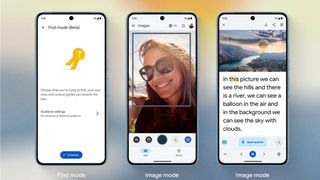
Next, Android's Look to Speak will add a textless mode. This mode allows you to communicate with the app's voice function by selecting emojis, symbols and images. For example, you can use a waving emoji to say “Hello.”
Chromebooks will also receive their own accessibility patch. Google offers owners a way to increase the size of the mouse cursor, and the screen magnifier tool will follow the words as you read them.
Those are all the important updates that will come to the Google platform; However, it is just the tip of the iceberg. Other small updates include Google Maps on desktop computers, which pinpoints wheelchair-accessible entrances. Everything mentioned here is now available, except for the Chromebook changes, which will roll out in the coming weeks.
Google is not the technology giant that celebrates World Accessibility Day. Apple recently revealed multiple accessibility features including eye tracking, voice shortcuts, and vehicle motion cues for its hardware; however, they will not arrive until the end of this year. Exactly when they will be released is unknown, but they will most likely be available as part of iOS 18, VisionOS 2 “and the next version of macOS.”
While we ask you to check out TechRadar's list of the best Android phones for 2024.

